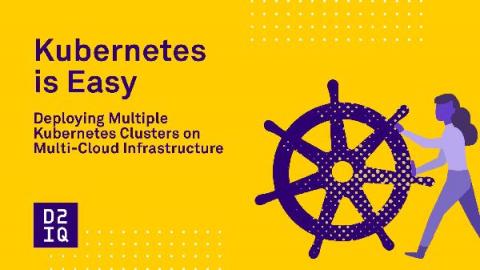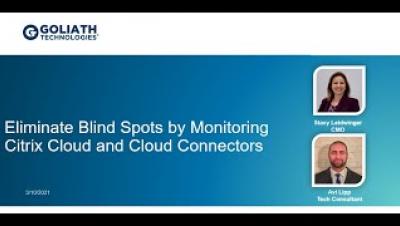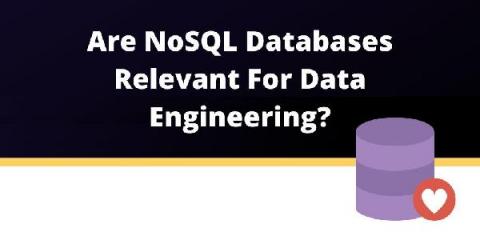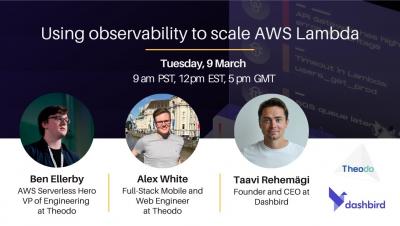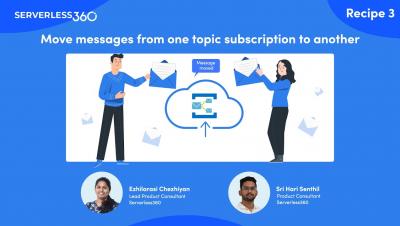Operations | Monitoring | ITSM | DevOps | Cloud
Cloud
The latest News and Information on Cloud monitoring, security and related technologies.
How to Successfully Deploy Kubernetes Across Multi-Cloud Environments
Today’s enterprise organizations are using some form of multi-cloud infrastructure, and the numbers don’t lie. According to Flexera’s 2020 State of the Cloud report, an average of 2.2 public clouds are being used per enterprise company. And in a different report from the Everest Group, 58% of enterprise workloads are on hybrid or private cloud. The sheer increase in multi-cloud usage illustrates it’s growing popularity across enterprises.
Further Tips on our Database Migration to the Azure Cloud Session at MS Ignite 2021
Eliminate Blind Spots by Monitoring Citrix Cloud and Cloud Connectors
Legacy Application Modernization On Cloud: Benefits and Risks
To many businesses, the pace of innovation and speed to market has been hindered by the legacy infrastructure. This is mainly due to the closed structures and inflexible old-school architectural formats that they follow. The decades-old infrastructure hesitates to scale up with the growing business demands and realize advanced cloud-based technologies.
The Déjà Vu Evolution of Cloud Computing
I believe that the evolution to hybrid cloud is inevitable. Not because it’s grabbing headlines, but because it mirrors the industry’s history of new technology adoption. Take the evolution of virtualization, for example. Going back 20 years give or take, virtual machines popularized by VMware, KVM, and Hyper-V started to gain traction.
Are NoSQL Databases Relevant For Data Engineering?
SQL is great, but sometimes you may need something else. By and large, the prevalent type of data that data engineers deal with on a regular basis is relational. Tables in a data warehouse, transactional data in Online Transactional Processing (OLTP) databases — they can all be queried and accessed using SQL. But does it mean that NoSQL is irrelevant for data engineering?



